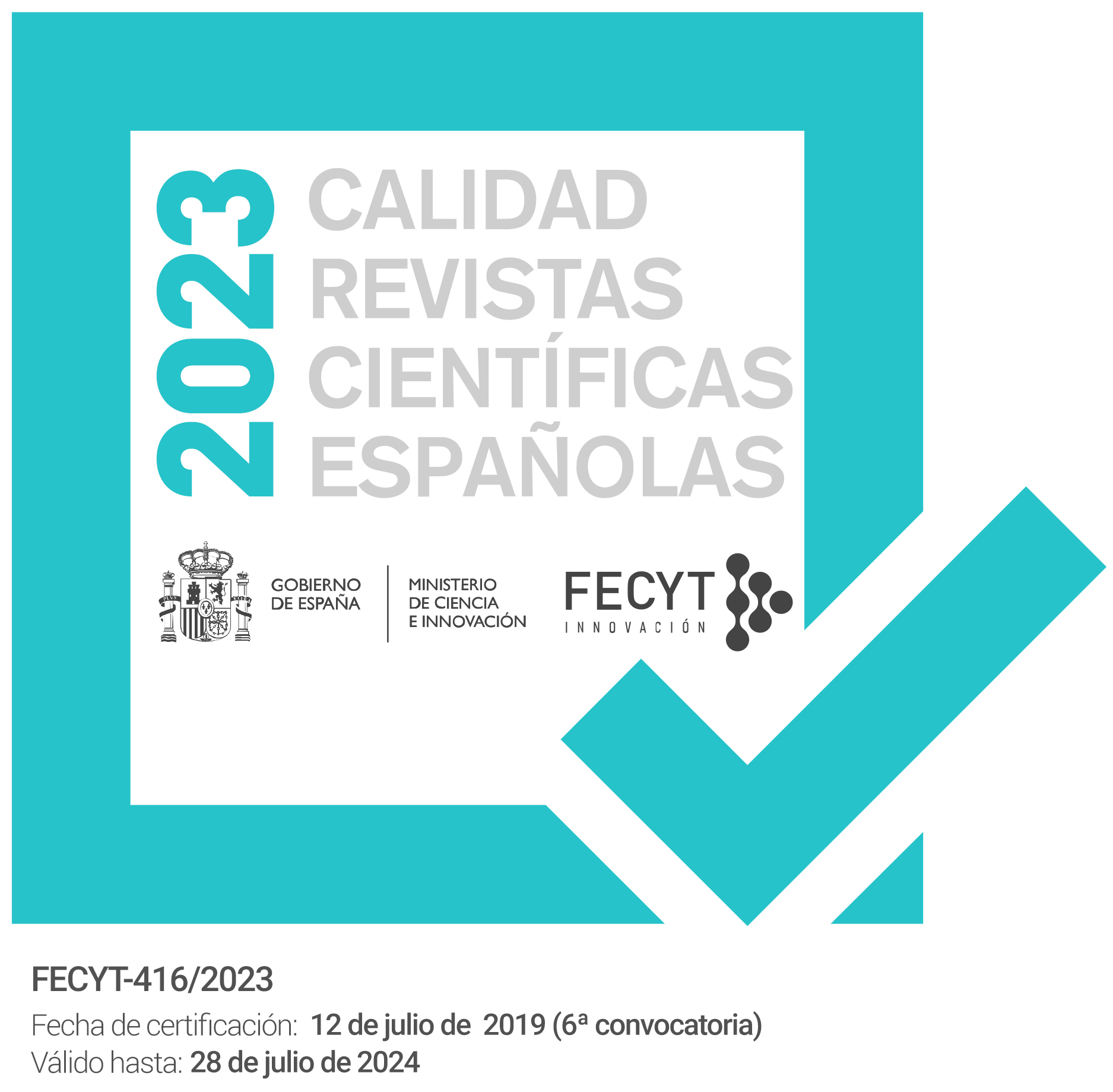El Dios iranio Mithra y la Monarquía Persa Aqueménida
Keywords:
Mithra, religión irania, dinastía aqueménida, Persia, zoroastrismo, Ahura-Mazda, anahita, iranian religions, aquemenid dinastyAbstract
La figura del dios Mithra encarna en el mundo iranio antiguo la divinización de la idea de contrato. Desde el periodo de las tribus indo-arias que se asientan en la región desde mitad del Segundo Milenio a.c. el culto de esta divinidad evoluciona, vinculándose de manera especial con el poder político que ostentan los reyes y jefes tribales. El período de formación del Imperio Persa, bajo la dinastía aqueménida se convierte en un momento histórico importante, en el cual la presencia de Mithra logra mantenerse y seguir vinculada al poder real, a pesar de la implantación de la reforma zoroastriana, que en un principio desplaza su culto.
The figure of the god Mithra embodies in the Ancient lranian World the deification of the contract idea. From the period of the Indo-Aryan tribes, settled in the region from half of the Second Millennium B.C., the cult of this divinity evolves, being linked in a special way with the political power that the kings and tribal bosses show. The period of formation of the Persian Empire, under the Aquemenid Dynasty becomes an important historical moment, in which the presence of Mithra is able to stay and to continue linked to the royal power, in spite of the installation of the zoroastrian reformation that displaces its cult in a principle.
Downloads
Downloads
Published
Versions
- 2025-01-24 (2)
- (1)
Issue
Section
License
Copyright (c) 2025 Israel Campo Méndez

This work is licensed under a Creative Commons Attribution-NonCommercial-NoDerivatives 4.0 International License.
The articles are open access distributed under the terms of the Creative Commons Attribution-NonCommercial-NoDerivatives (CC BY-NC-ND) Spain 4.0 license. Authors who publish in this journal agree with the following terms:
a) Authors retain the copyright and guarantee the journal the right to be the first publication of the work as well as licensed under a Creative Commons Attribution License that allows others to share the work with a recognition of the authorship of the work and the Initial publication in this magazine.
b) Authors may separately establish additional agreements for the non-exclusive distribution of the version of the work published in the journal (for example, place it in an institutional repository or publish it in a book), with recognition of its initial publication in this magazine.
c) Authors are allowed and encouraged to disseminate their work electronically (for example, in institutional repositories or on their own website) before and during the submission process, as it may result in productive exchanges, as well as a earliest and largest citation of published works (See The Effect of Open Access).



